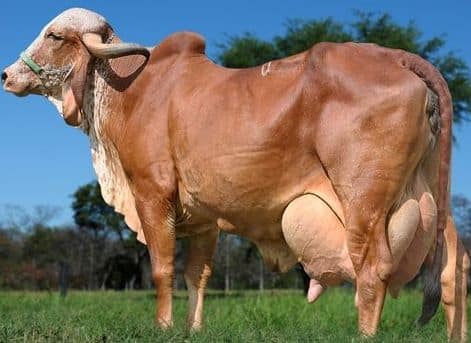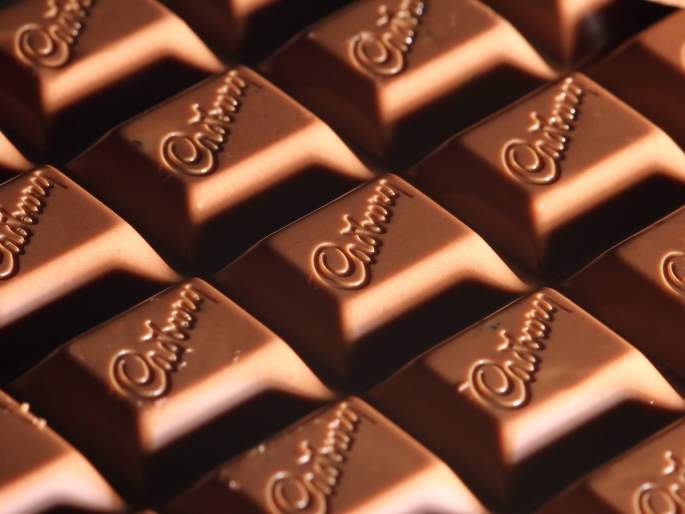Amid the government push for increasing milk production, the National Dairy Research Institute (NDRI), Karnal has produced the country’s first cloned female calf of the desi breed Gir which can produce more than 15 litres of milk per day.
“Under a project by National Dairy Research Institute, Karnal to work on cloning of indigenous cow breeds such as Gir and Sahiwal, India’s first cloned Gir female calf named ‘Ganga’ weighing 32 kg was born and is growing well,” the NDRI said in a release.
Indigenous cattle breeds such as Gir, Sahiwal, Tharparkar, and Red-Sindhi, play a pivotal role in milk production and the growth of the Indian dairy industry.
“We have cloned the calf from a cow of Gir breed which was giving 15-litre milk per day. As per Prime Minister Narendra Modi’s directions to increase milk yield, we have started cloning the high-yield cows using the cloning technique,” Vice Chancellor of GB Pant Agriculture university Dr Manmohan Singh Chauhan said.
He was the head of the NDRI when it started work on cloning high-yield desi breeds like Gir, Red Sindhi and Sahiwal breeds at the NDRI in 2021
The programme was started by National Dairy Research Institute (NDRI), Karnal in collaboration with Uttarakhand Livestock Development Board (ULDB), Dehradun.
NDRI chief Dr Dheer Aibgh said Gir cattle are very hardy and well-known for their tolerance to conditions of stress and resistance to various tropical diseases.
“Gir cattle are also very popular and have been exported to Brazil, the United States, Mexico, and Venezuela for the development of zebu cows,” he said.
A team of scientists comprising Dr Naresh Selokar, Manoj Kumar Singh, Ajay Aswal, SS Lathwal, Subhash Kumar, Ranjeet Verma, Kartikey Patel, and MS Chauhan have been working for over 2 years to develop an indigenous method to produce cloned cattle.
To clone the Gir, oocytes are isolated from live animals using ultrasound-guided needles, and then, matured for 24 hours under control conditions.
The somatic cells of elite cows are used as donor genomes, which are fused with OPU-derived enucleated oocytes. Following chemical activation and in-vitro culture, the developed blastocysts are transferred into recipient mothers to deliver the Gir calf.
Source:- https://economictimes.indiatimes.com



